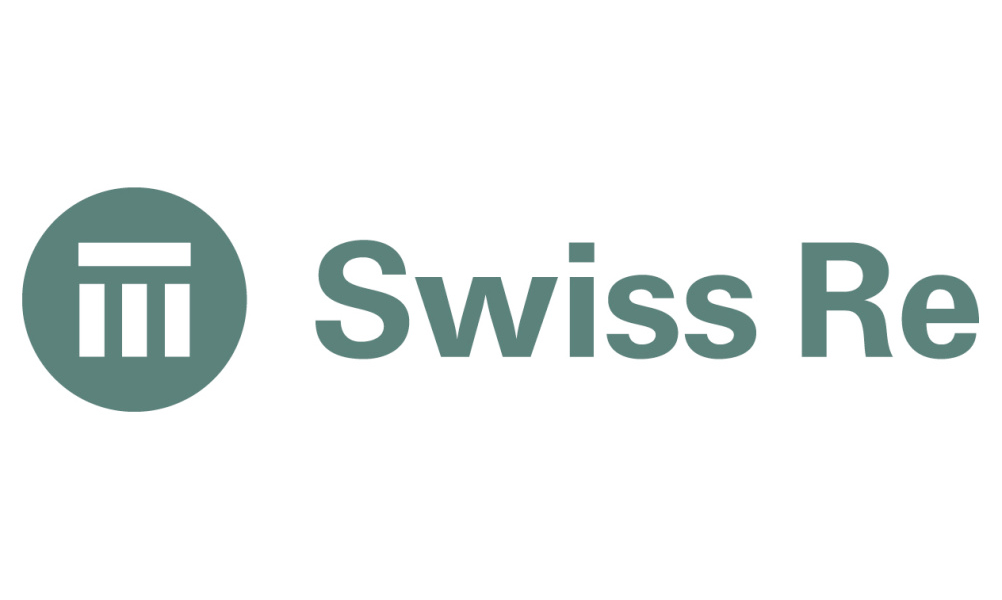After several years of elevated growth and performance, the US property and casualty (P&C) insurance sector is approaching a period of slower expansion and rising uncertainty, reports reinsurance giant Swiss Re.
 According to James Finucane, Senior Economist, and Thomas Holzheu, Chief Economist Americas, of the Swiss Re Institute—part of Swiss Re, a global reinsurance provider—the outlook for 2025 reflects a market adjusting to both economic headwinds and the lingering effects of past underwriting decisions.
According to James Finucane, Senior Economist, and Thomas Holzheu, Chief Economist Americas, of the Swiss Re Institute—part of Swiss Re, a global reinsurance provider—the outlook for 2025 reflects a market adjusting to both economic headwinds and the lingering effects of past underwriting decisions.
The analysts project that return on equity (ROE) will remain steady at 10% in both 2025 and 2026, a modest dip from 11% in 2024.
This comes as the benefits of last year’s strong premium growth and declining claims inflation begin to fade. The analysts note that underwriting conditions are likely to become more challenging due to heightened competition and emerging cost pressures from newly imposed tariffs, particularly in personal lines.
The year began with a significant loss event: California wildfires, which the analysts say added about 3 percentage points to the industry’s combined ratio and depleted nearly half of its annual catastrophe budget.
The economists also flag growing uncertainty in liability reserves, underscored by $16 billion in additions during 2024. This development raised loss ratios by 9 percentage points in affected lines and signals ongoing vulnerability to adverse reserve adjustments.
Premium growth is expected to decelerate, but the analysts maintain that it will remain relatively strong—forecasting a 5% rise in 2025 followed by 4% in 2026.
They point to tariff-related inflation and reduced migration as pressures on goods prices and wages, which may require insurers to adjust rates upward to keep pace with claims trends. These forces, however, may be softened by slowing economic growth and exposure trends.
Personal auto insurance, in particular, stands out as a pressure point. After a wave of profitability, insurers doubled their advertising budgets in 2024 to gain market share.
However, the imposition of a 25% tariff on imported vehicles in April—and a similar tariff on auto parts set for May—has caused insurers to pause rate reductions. The analysts observe that since the tariff announcements, personal auto insurers have largely stopped submitting rate decrease filings.
Underwriting performance is expected to slip modestly, with the combined ratio projected to rise to 98.5% in 2025 and 99% in 2026. Much of the recent improvement—particularly a sharp drop in personal lines loss ratios—is unlikely to continue. With inflation pressures lingering and cost shocks on the horizon, the analysts suggest that the industry’s underwriting margins could face renewed pressure.
Their review of annual reserve developments also reveals deeper structural concerns. Between 2015 and 2024, commercial liability lines saw $62 billion in adverse reserve development—equivalent to the financial damage of two major hurricanes.
Although workers’ compensation has helped offset these shortfalls, its relative share of premiums is shrinking, and its ability to balance out reserve inadequacies is weakening as the gap between wage growth and medical inflation narrows.
Still, investment income remains a stabilising factor. The analysts expect portfolio yields to climb to 4.0% in 2025 and 4.2% in 2026, up from 3.9% in 2024.
Although the benefits of higher interest rates are tapering off, the analysts believe yields on maturing assets will continue to lift returns.
In 2024, net investment income reached $79 billion—a 20% increase over the previous year—and is expected to remain strong despite possible interest rate cuts, due in part to the relatively small portion of insurer assets held in short-term instruments.
The analysts conclude that while the industry remains on solid footing, 2025 will be a year of balancing opportunities with caution.
Strong investment returns provide some relief, but underwriting faces increasing pressure from both legacy liabilities and emerging economic forces. Their message is clear: the sector’s ability to remain profitable will depend on how it responds to mounting cost pressures, regulatory uncertainty, and a landscape still shaped by past challenges.



